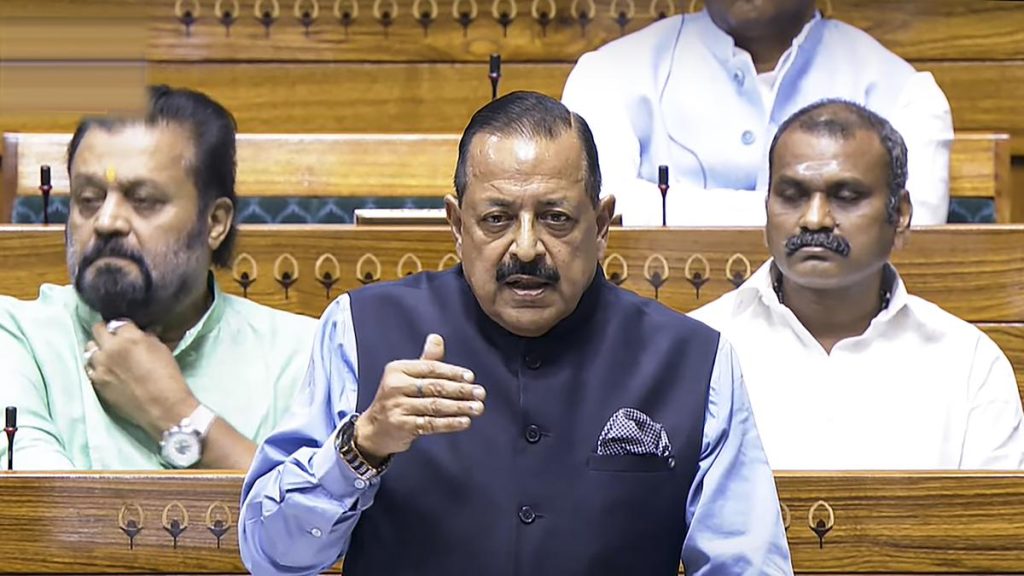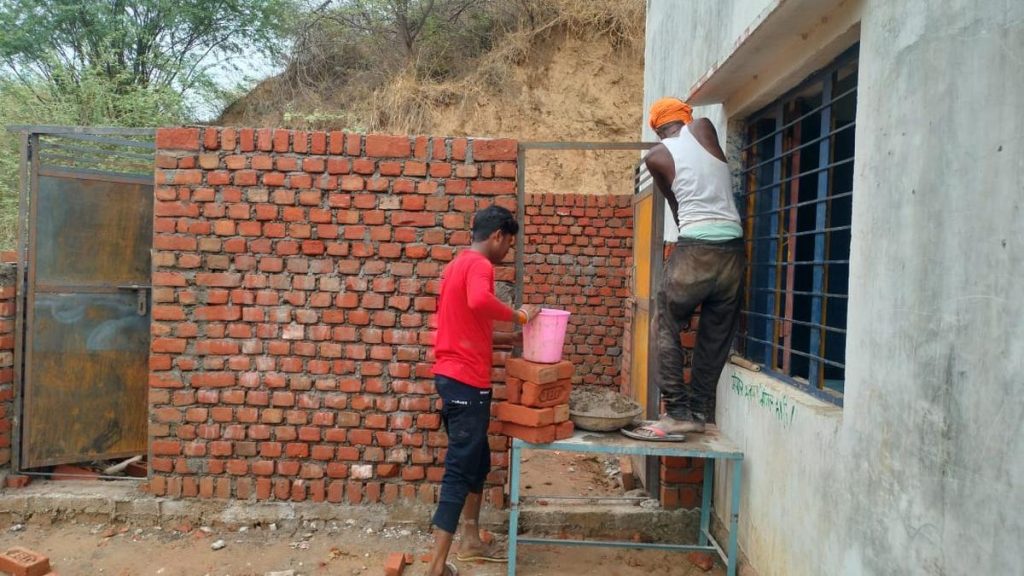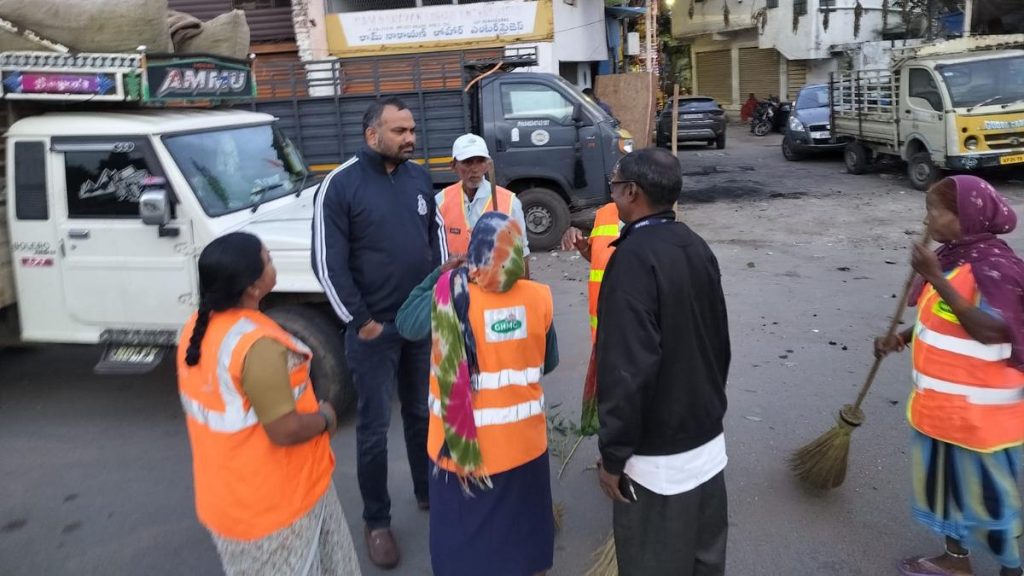Now Reading: 2025 Car Insurance Guide: Key Features for Maximum Protection
-
01
2025 Car Insurance Guide: Key Features for Maximum Protection
2025 Car Insurance Guide: Key Features for Maximum Protection

Quick Summary
- Car insurance in India has evolved to offer faster services, and around 25% of policies are now purchased online.
- A third-party car insurance policy is mandatory under the Motor Vehicles Act,1988,but does not cover vehicle damage.
- Comprehensive coverage and add-ons can protect against accidental damage,theft,and natural disasters.
- Seven key points for selecting car insurance in 2025:
1. Assess Coverage needs: Consider driving conditions like traffic or weather risks.
2. Choose Add-On Covers: Options include zero depreciation, engine protection (useful in flood-prone areas), roadside assistance, and NCB protection for retaining bonuses after claims.
3. Optimal Insured Declared Value (IDV): Balancing premium cost with maximum compensation value.4. Review Claim Settlement Ratio (CSR): Evaluating an insurer’s efficiency; Royal Sundaram reports a CSR of 98.33%.
5. Balancing Premiums & Deductibles: Lower premiums can involve higher deductibles-ensure financial comfort during claims process.
6. Personal Accident Cover: Mandatory but customizable for coverage up to ₹50 lakh with some insurers like Royal Sundaram.
7. wide Garage Network Access: Essential for cashless repairs; Royal Sundaram offers access to a network of over 7,600 garages across india.
Indian Opinion Analysis
India’s growing reliance on online platforms for purchasing car insurance reflects increased digitization in the financial sector and also consumer preference for convenience and transparency. The article emphasizes the importance of informed decision-making when choosing both basic mandatory policies and optional add-ons tailored to individual risk factors such as driving habits or geographic concerns like flooding risks.
The focus on claim settlement ratios signals that Indians are increasingly evaluating insurers based on their reliability instead of merely price points-a positive shift towards quality-focused consumer behavior within the industry.
while the widespread availability of cashless garage networks empowers motorists nationwide during emergencies or accidents-a crucial step forward-it also requires insurers to consistently deliver smooth service processes across diverse regions in India without disparities.
Ultimately,better awareness around comprehensive coverage options protects consumers while aligning market priorities toward stronger accountability among insurers.
























